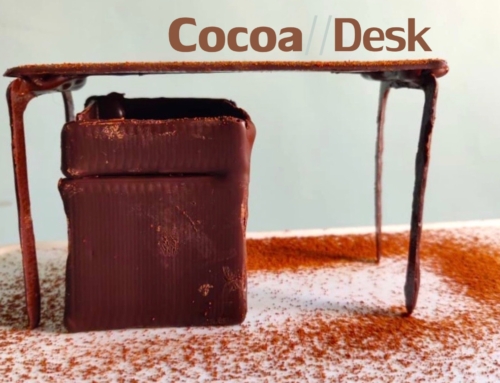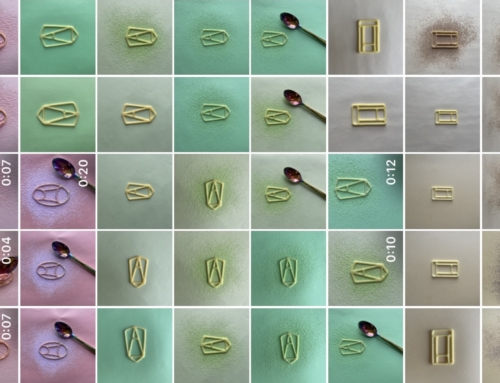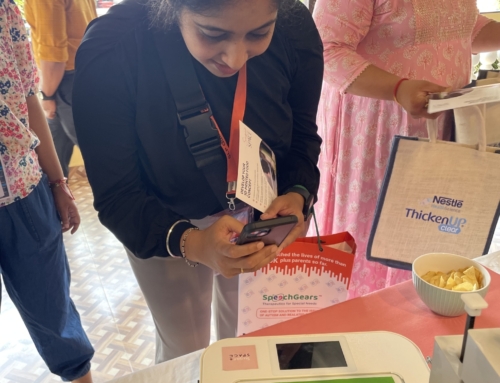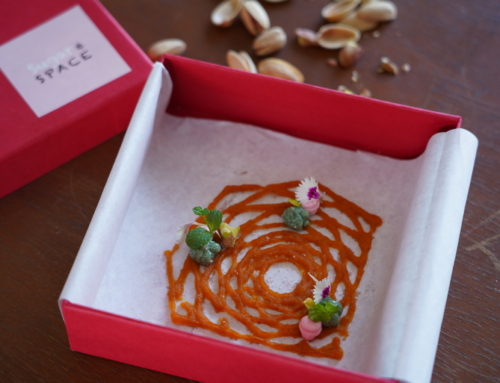This might seem bizarre. No, your eyes and brain are not deceiving you. Yes, you read that right – 3D printing. Food. In space. There are more advancements than ever before in this niche field – from food companies – big and small, to healthcare. There as also been a rush to 3D print cell-ag meat as it means to reduce the carbon footprint associated with the industry. We asked Jashan Sippy, a food-architect and 3D food printing expert to share his views.
3D food printing for space exploration
“3D food printing has a bright future in space exploration – NASA and other private companies are already planning missions to Mars, which are estimated to take between 1 and 3 years to complete,” Jashan pointed out. The agency has been looking into ways to enhance the astronauts’ lives aboard the ships – and it’s no surprise that enhancements could include tasty and delicious 3D printed food.
“3D printing would be an automated way to produce meals in space and can also add to the visual appeal as well as the diversity of the dishes, an important step towards providing a healthy environment for astronauts both physically as well as mentally”, he continued.
NASA invested 125,000 USD for food in space because refrigeration and freezing consume a lot of energy in the space stations, which is not possible to have. So food gets very easily spoiled. “You have to consume the food onboard within 10 days of being on flight – so what do you do for the rest of the space mission?”, Jashan examined. 3D printing food is a game-changer because it can increase the shelf life to over 15 years. “Food can be created from powdered and freeze-dried ingredients, for example”.
In the deep Mars mission,for example, this will play a really important role. For nutritionally-balanced meals, they have started to work on products like pizza for the astronauts. Why? “Because, come on, pizza on the moon! Who can argue with that!”, laughed Jashan.
3D printed food is still in its infancy, and it has a really long way to go before we can start seeing it being broadly adopted by professionals as well as consumers. However this doesn’t stop us from marvelling at all the fascinating machines and the intriguing edible designs that are possible to create using this emerging technology.
About Jashan Sippy:
Jashan is a green-building certified architect specialised in the design for spaces for food. He is the founder of Sugar and Space, a creative agency dedicated to transforming the way we perceive food everyday. After pursuing an M.Sc. in International Business and specialising in entrepreneurship, Jashan founded Food Design Nation. He is the founding editor of FDzeeN: Art, Culture, and Design for Sustainable Food Systems and has served as the food and space correspondent for The Dutch Institute of Food & Design and Director at the Online School of Food Design. Jashan regularly hosts 3D printing food tastings and demonstration sessions, develops 3D printed food concepts for clients, and speaks globally about this emerging technology.
P.S. – If you want to learn in-depth how 3D food printing works, and want to develop your own concept for a 3D printed product or experience, check out Jashan’s training program 3D Printing Food. You can witness the creation of your edible 3D printed prototype and use the photos and videos in your portfolio, research project, on social media or for your funding application. If you’re already working on a 3D food printing project, you can book a 1-1 session with Jashan to get feedback and collaborate.








Leave A Comment